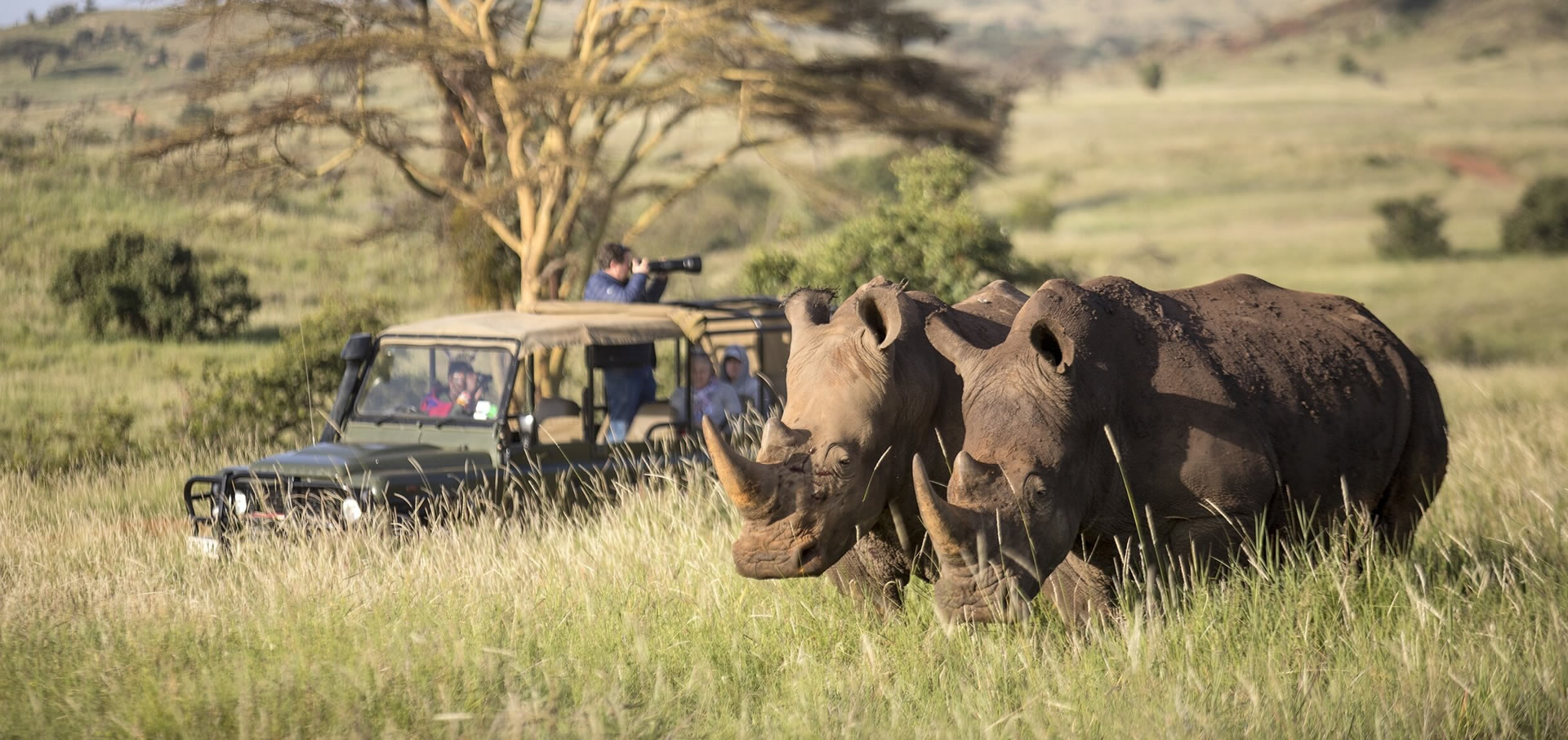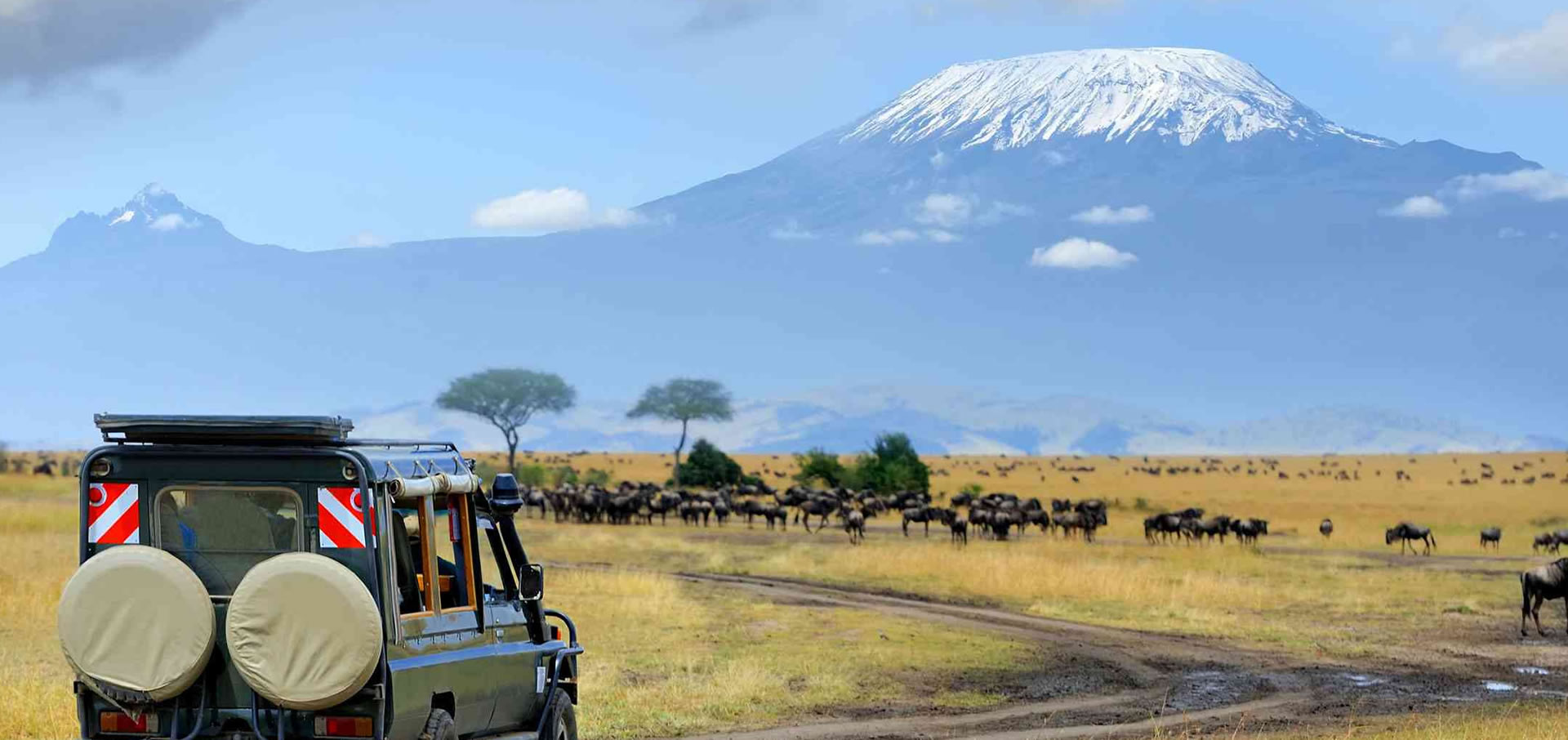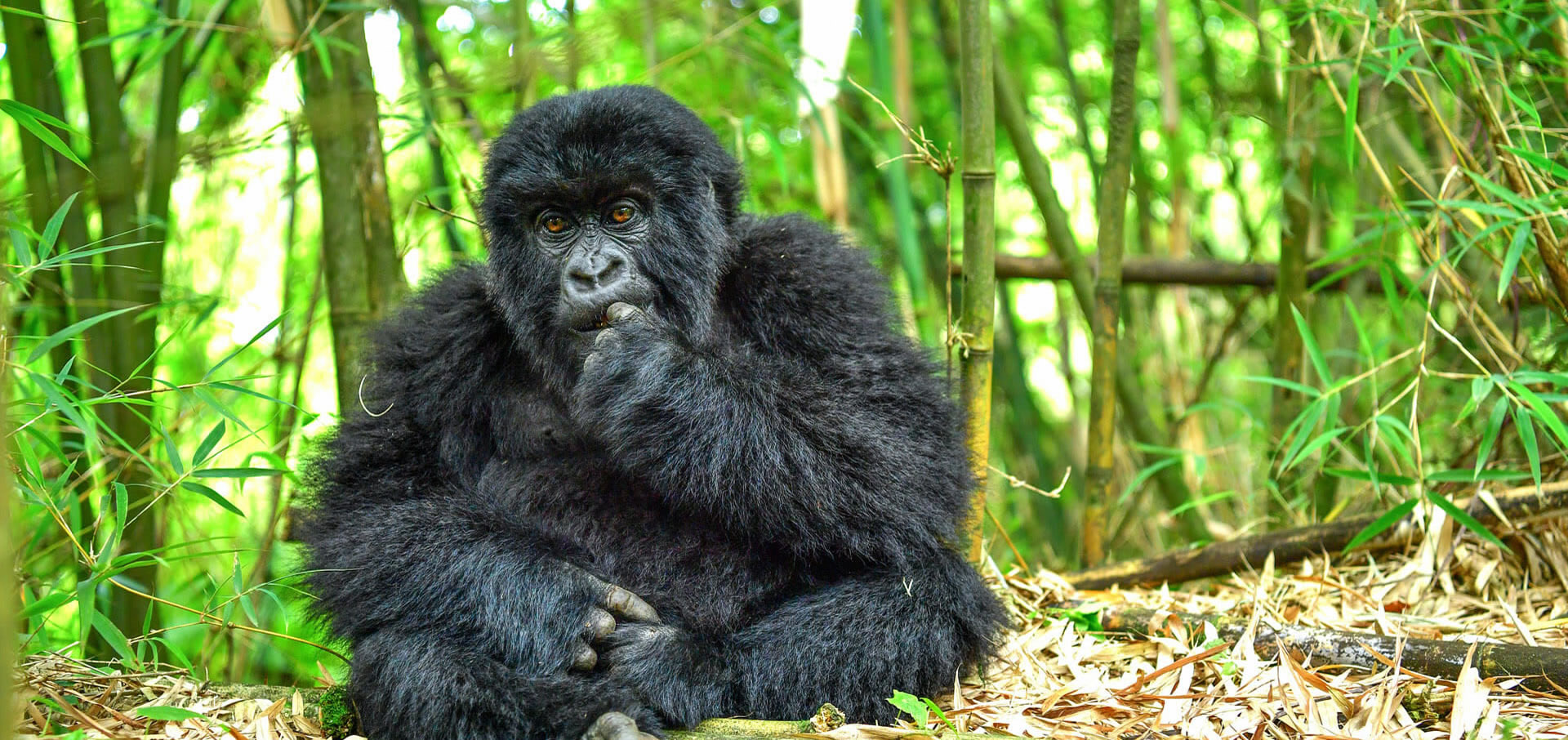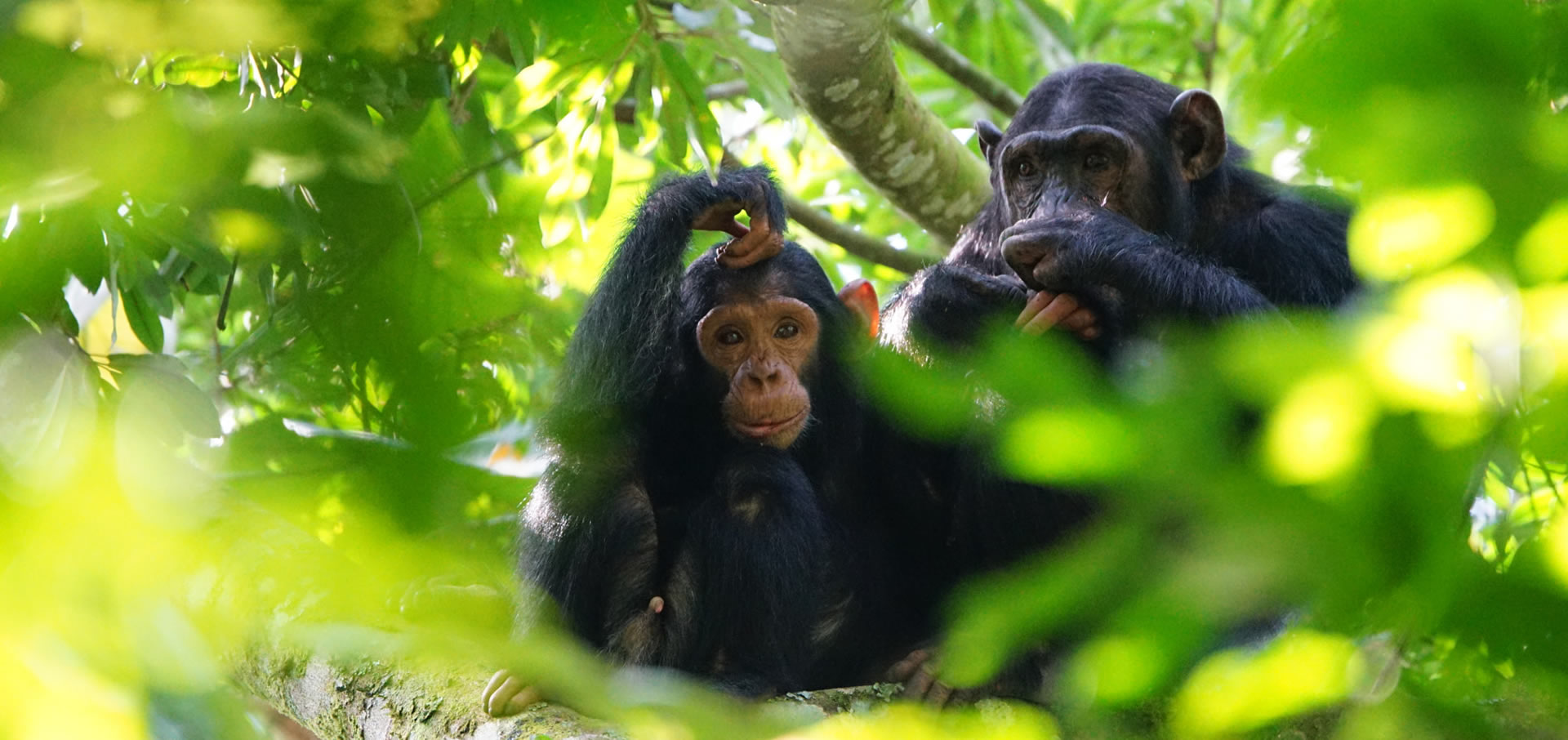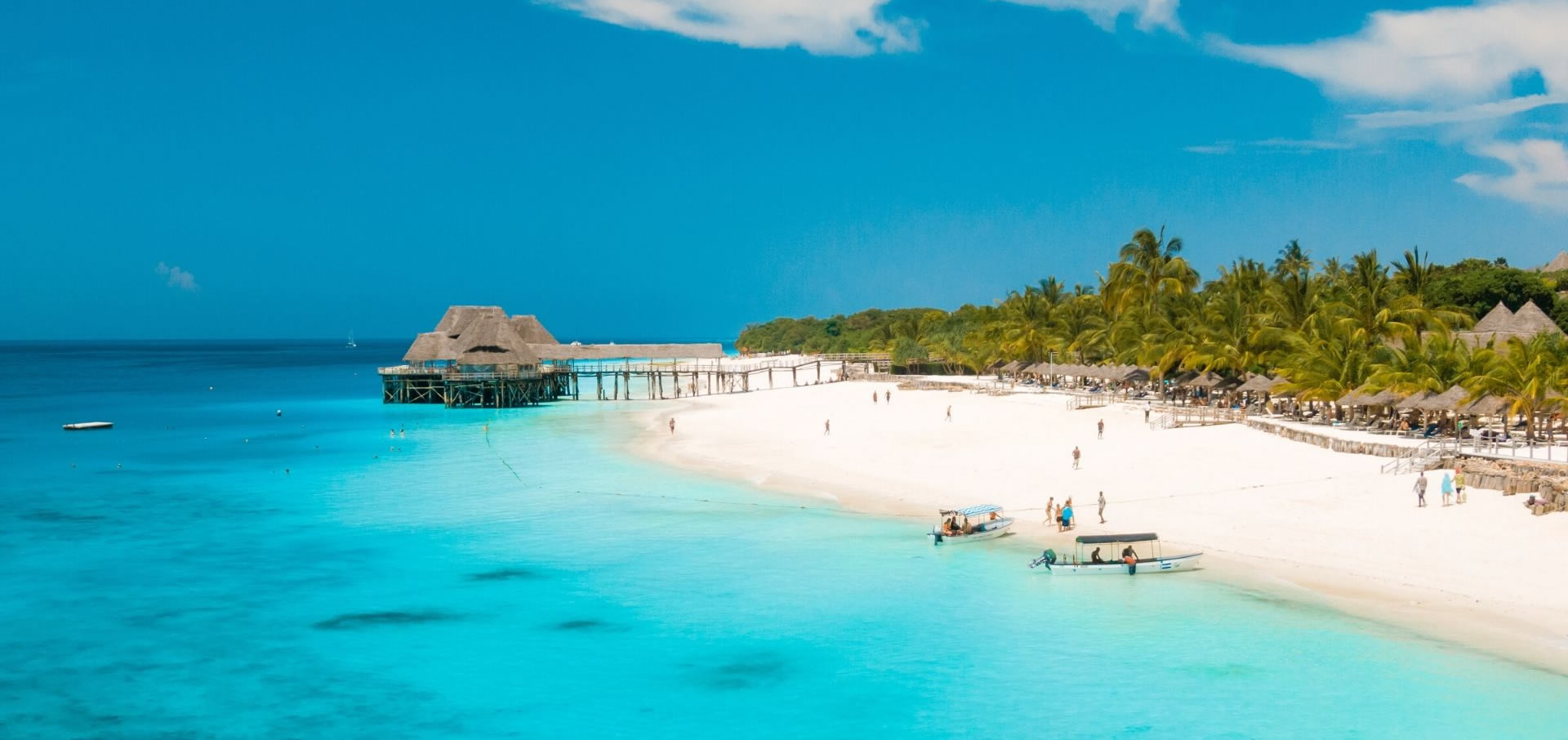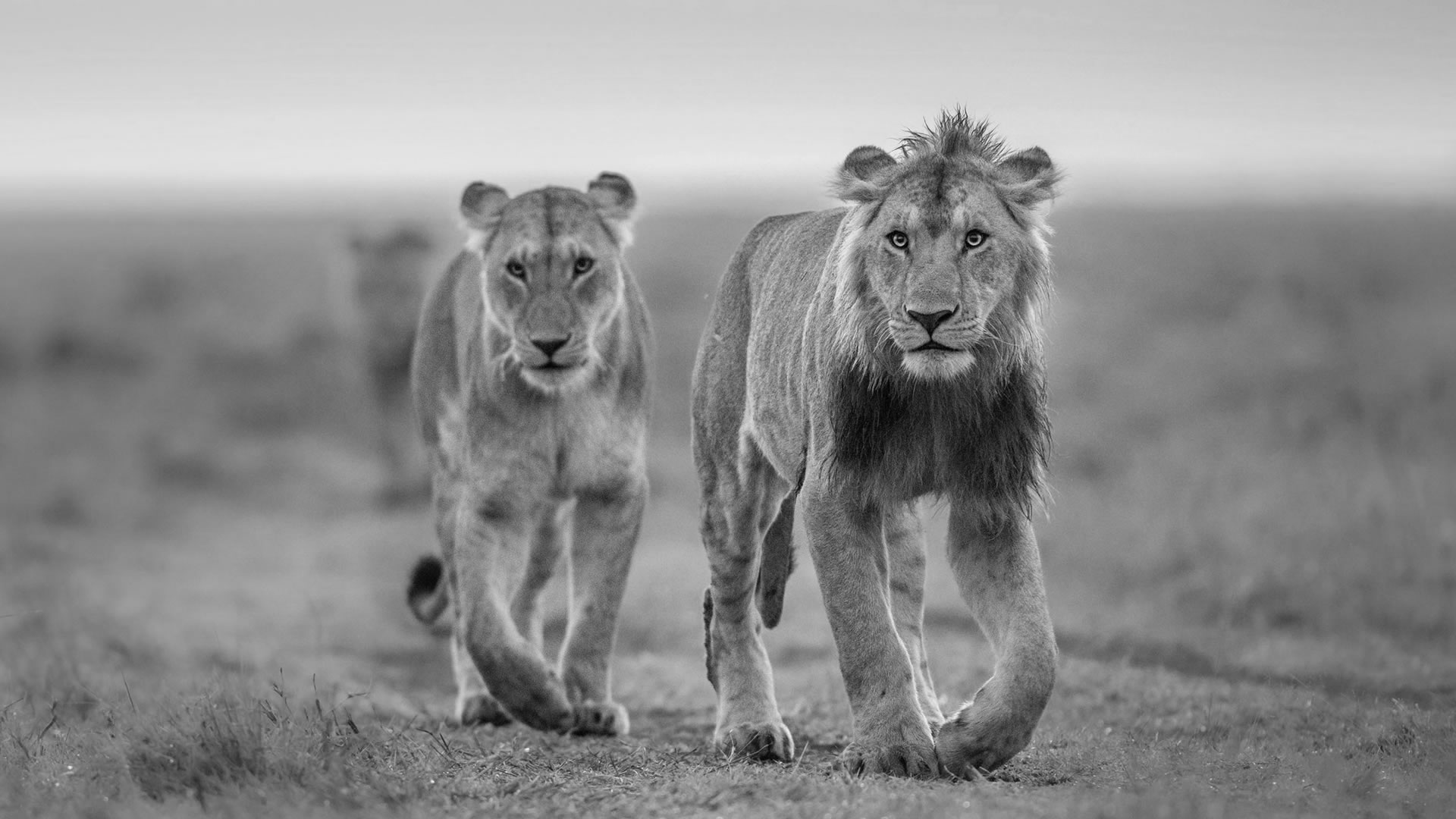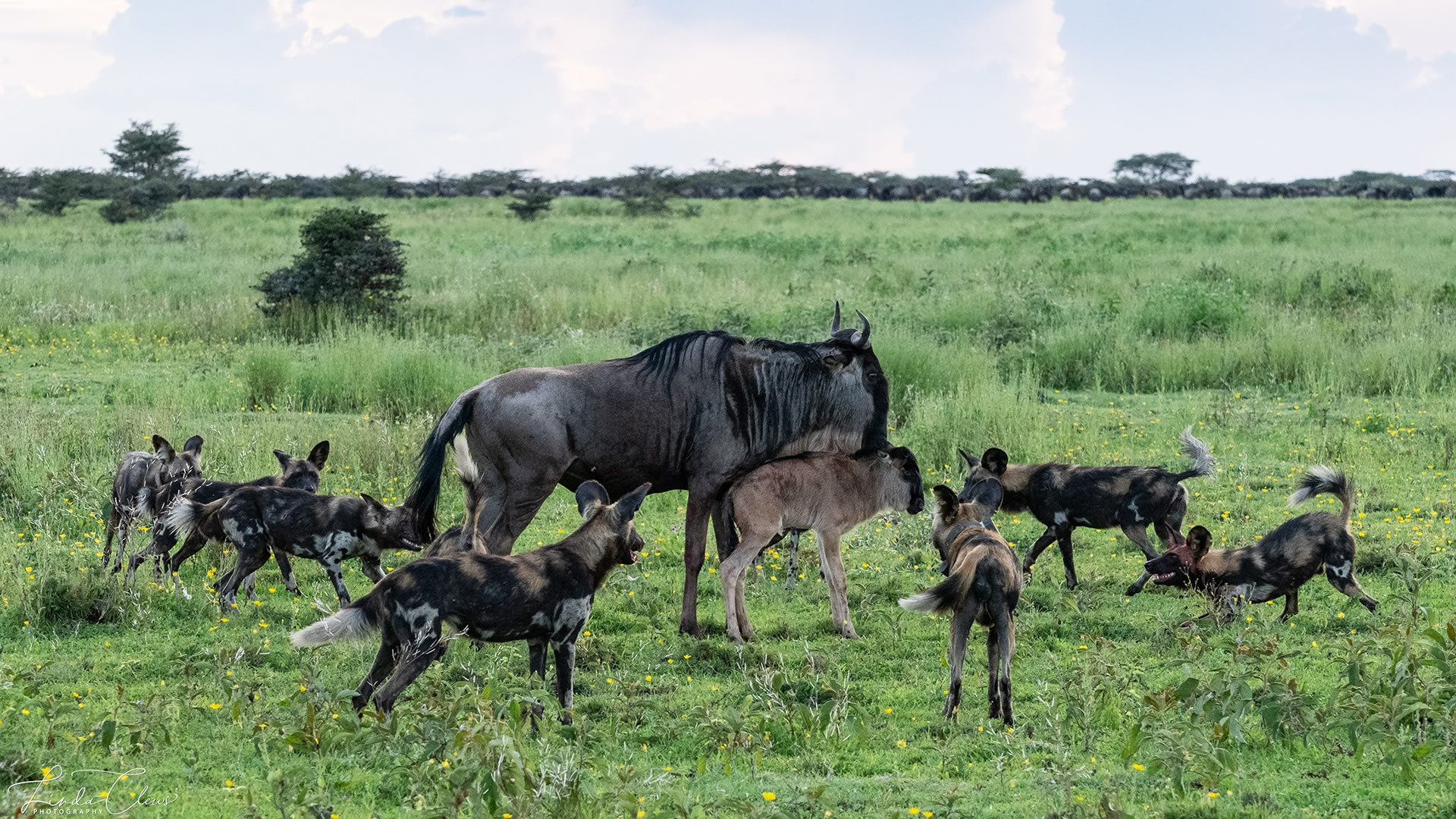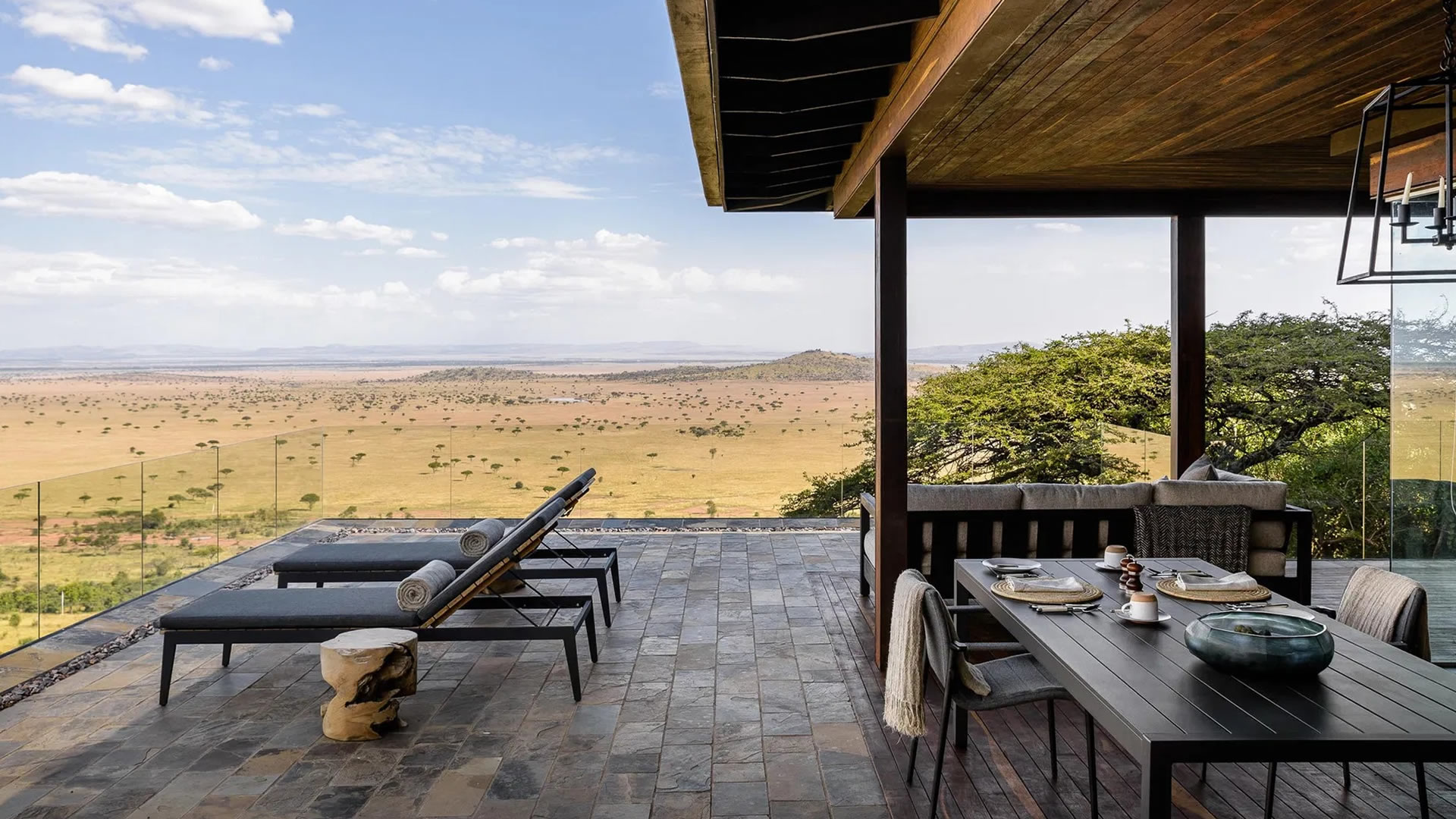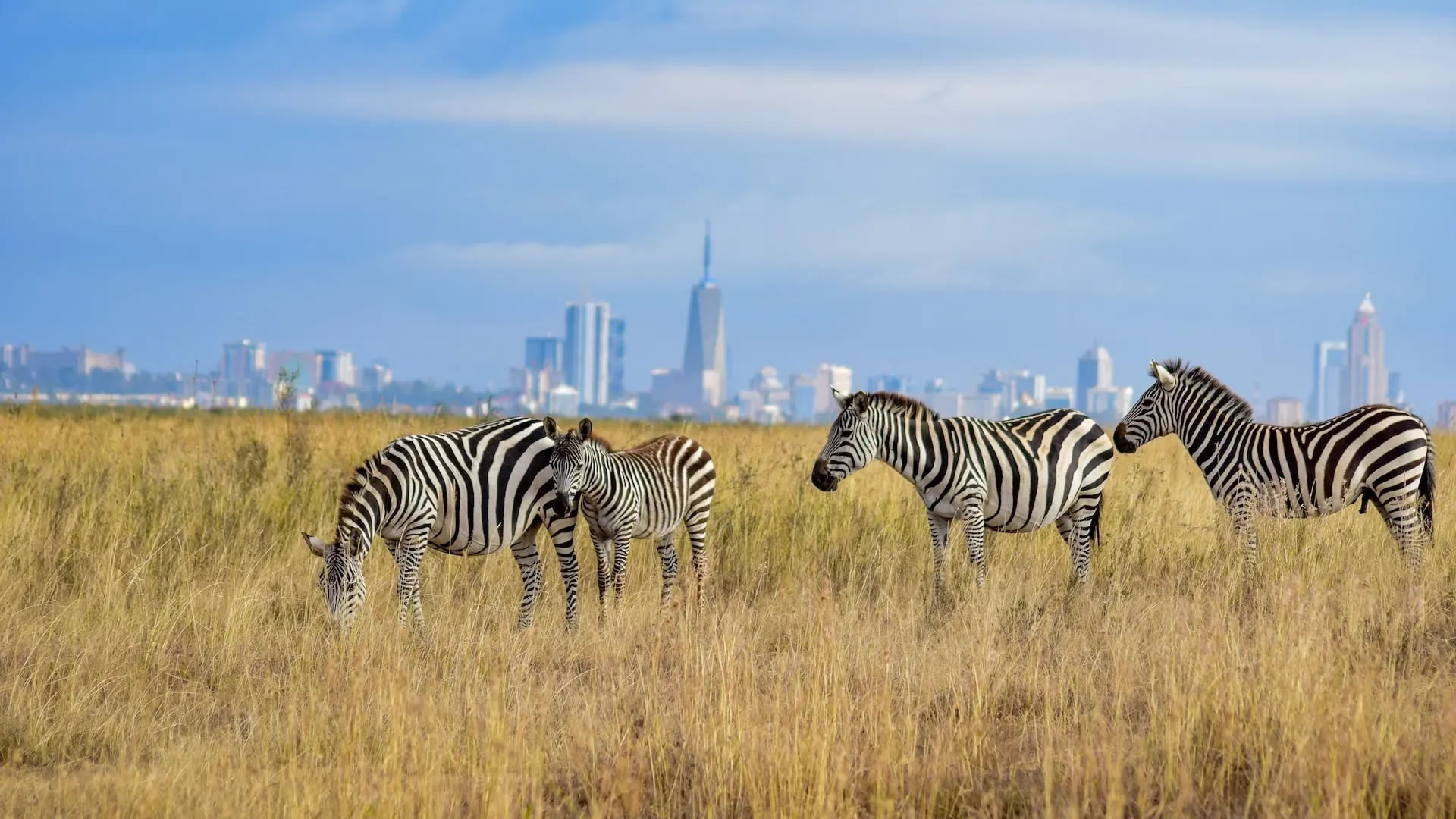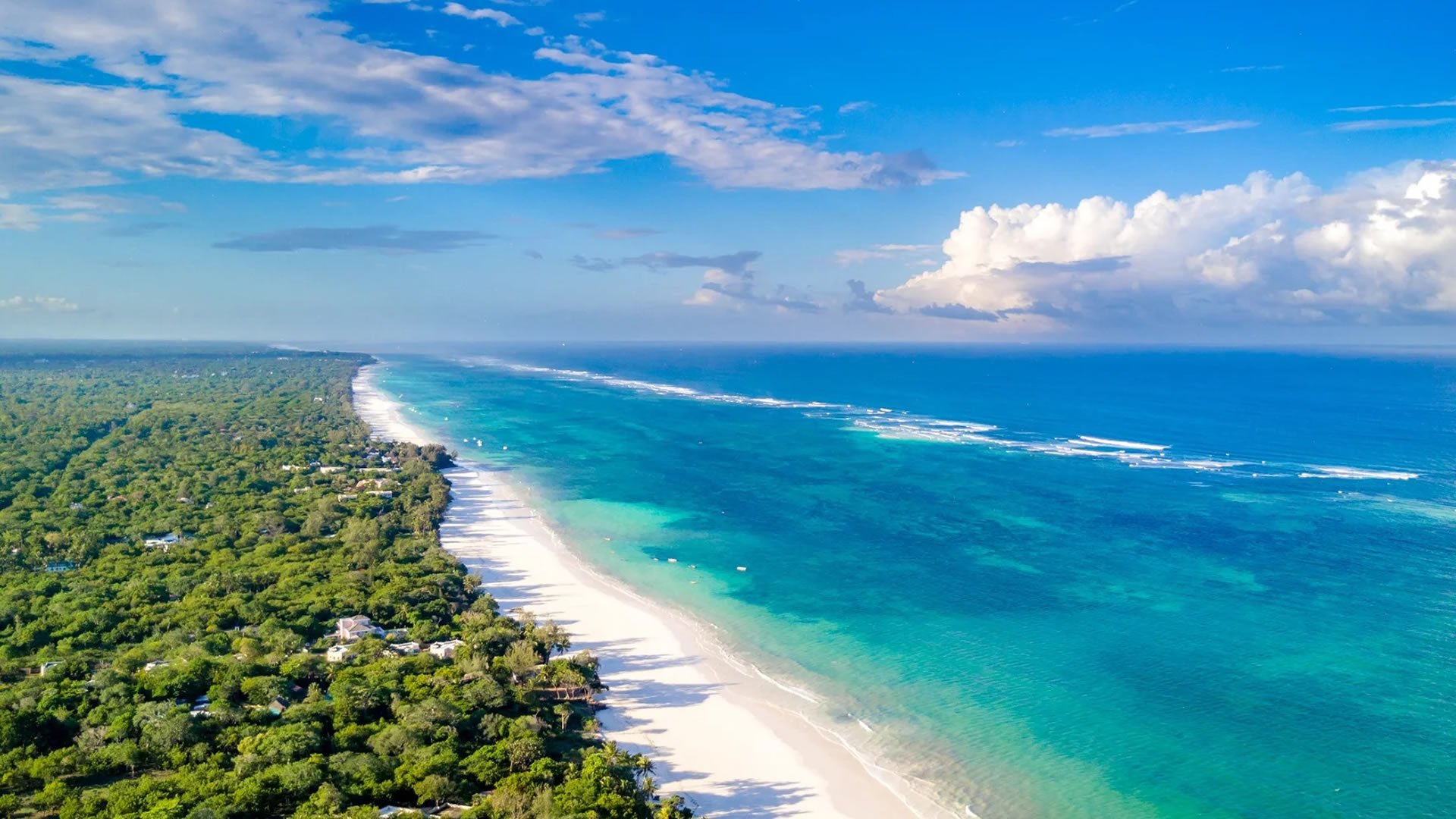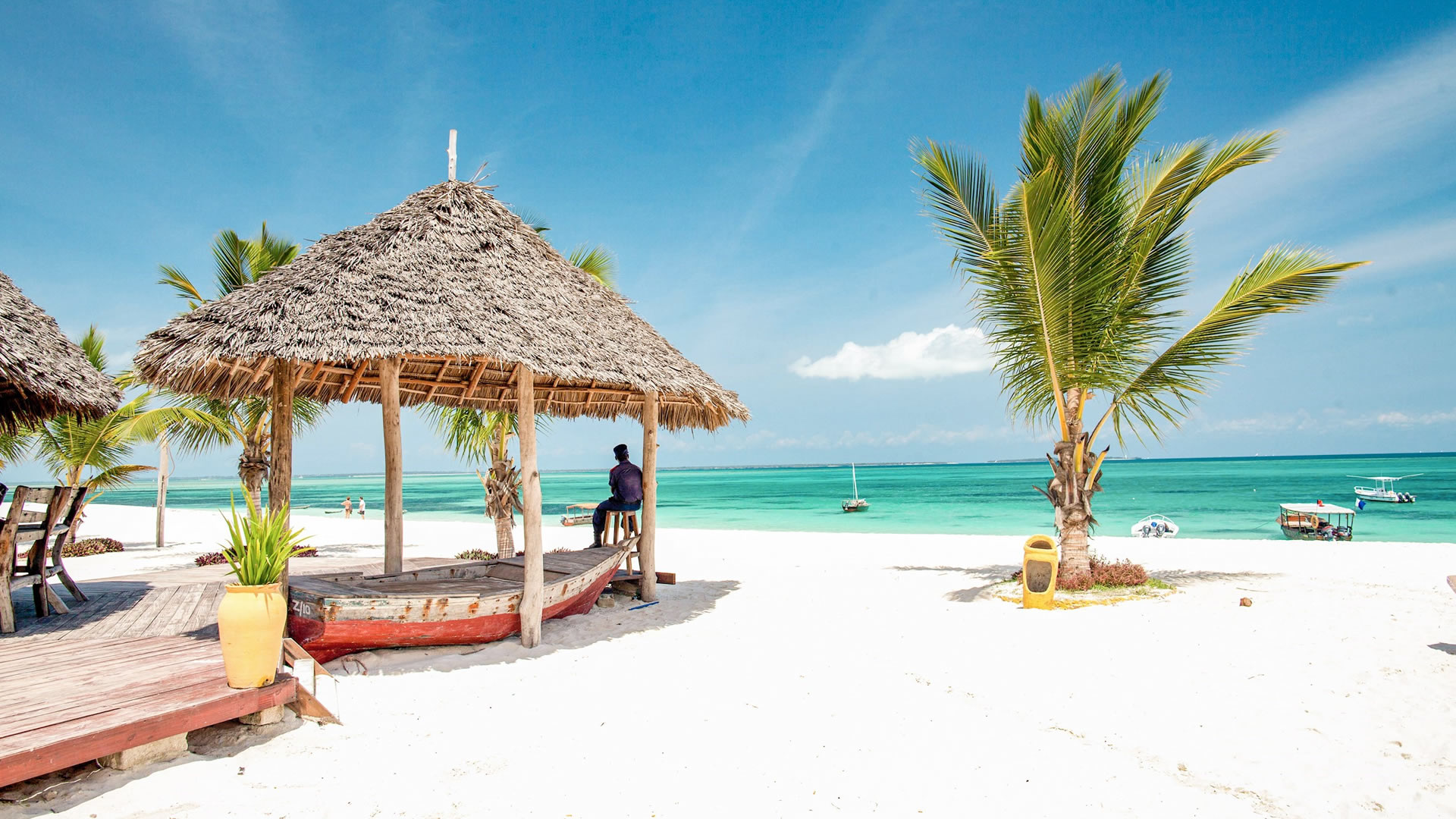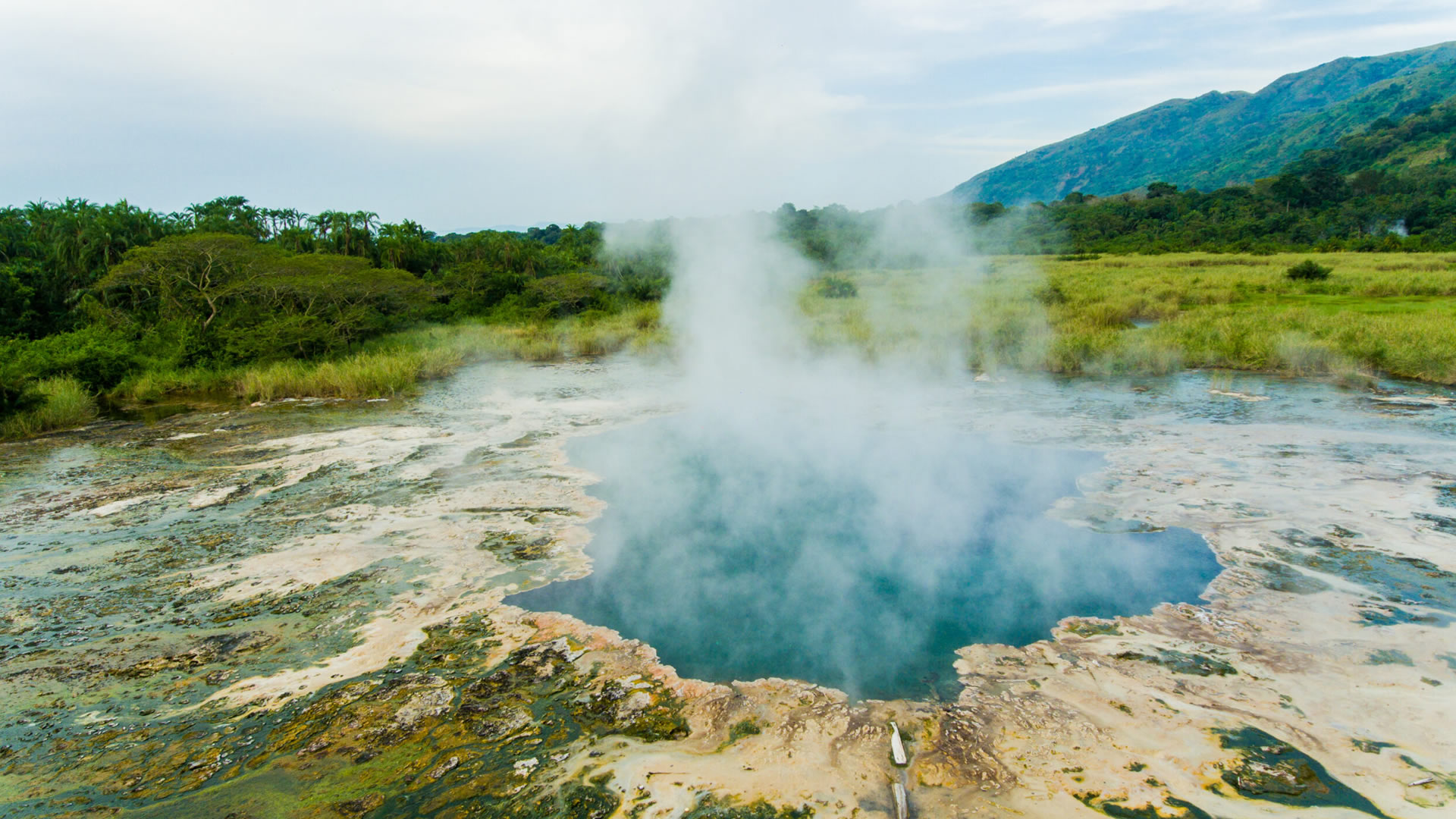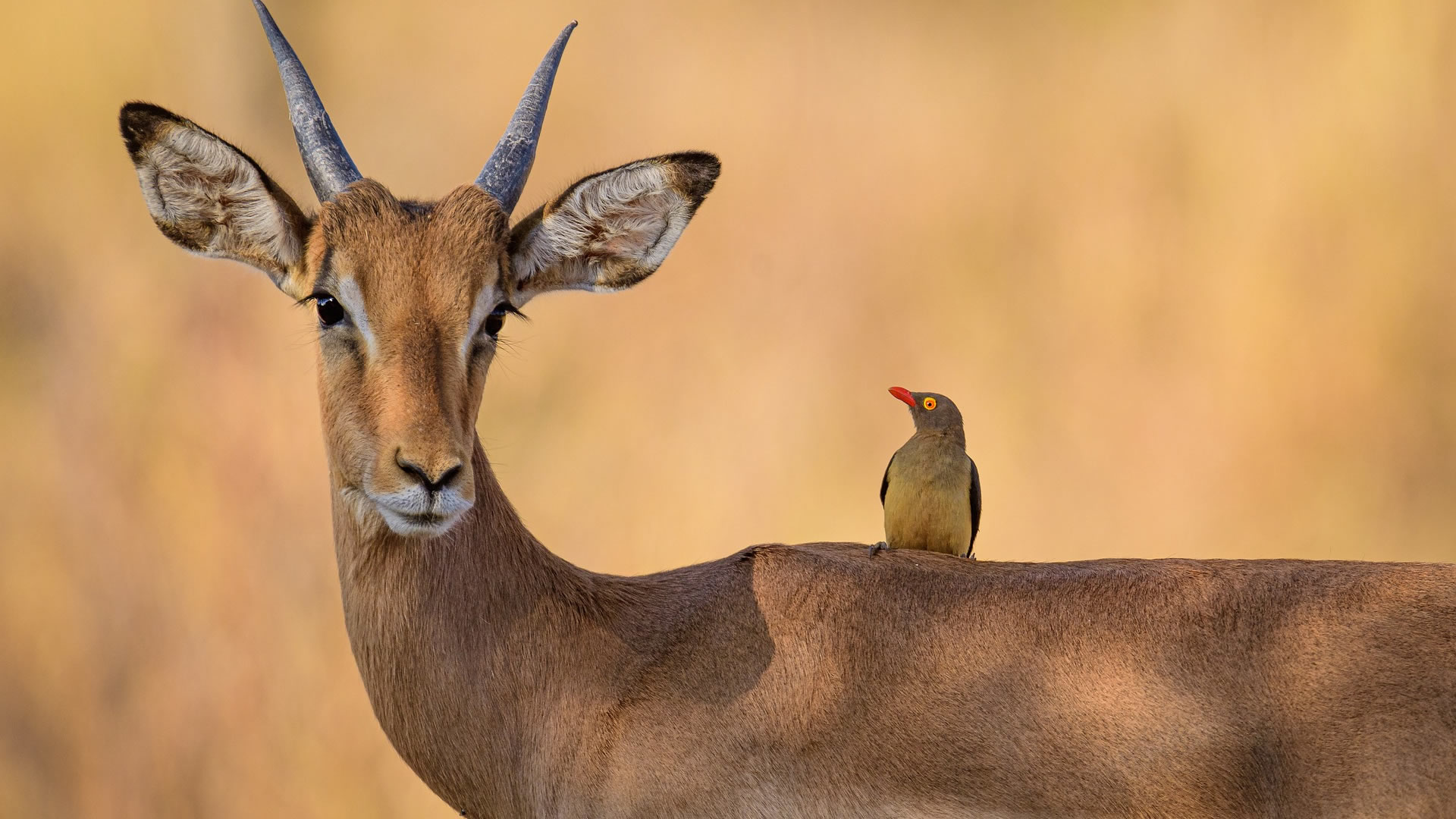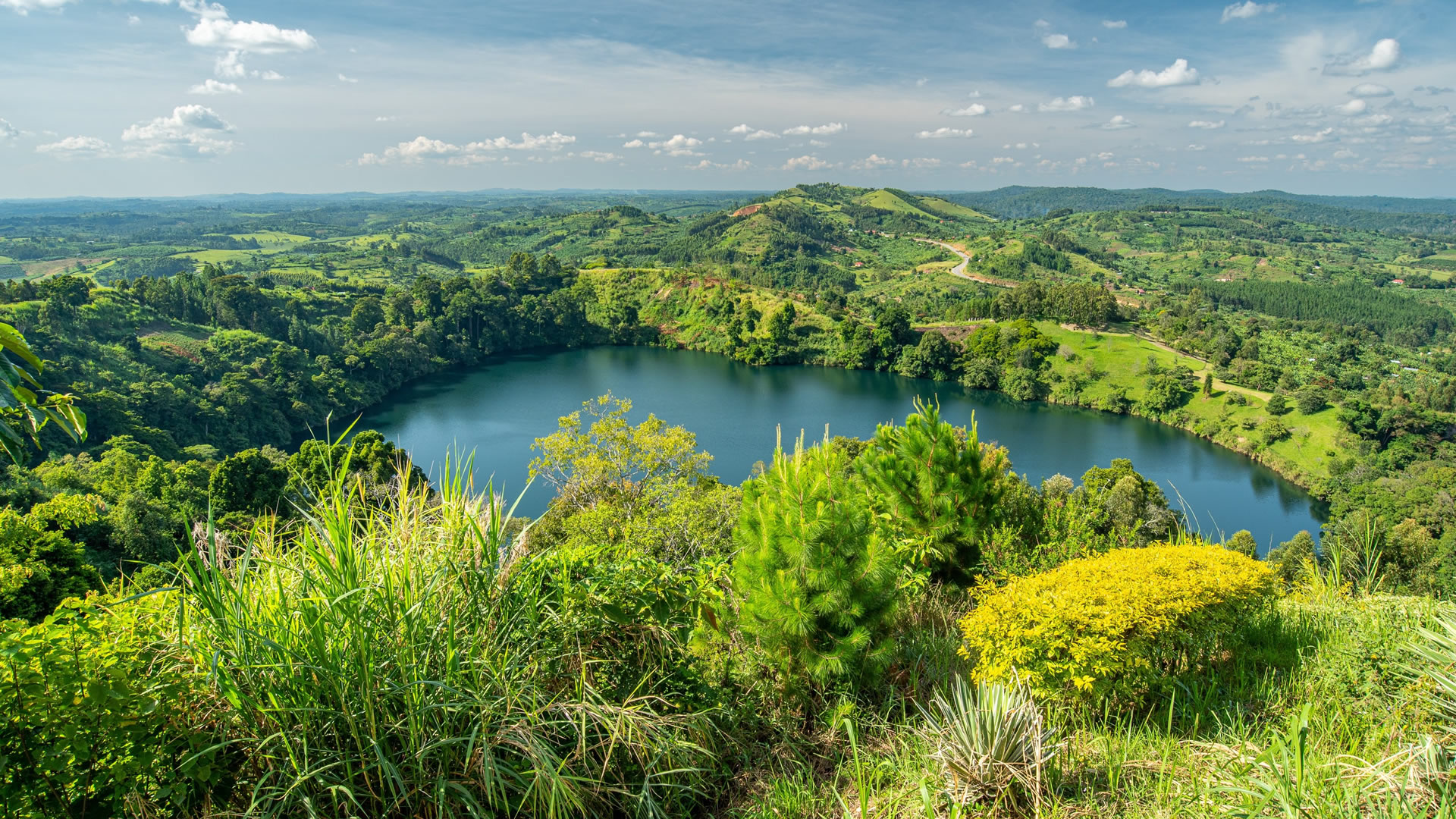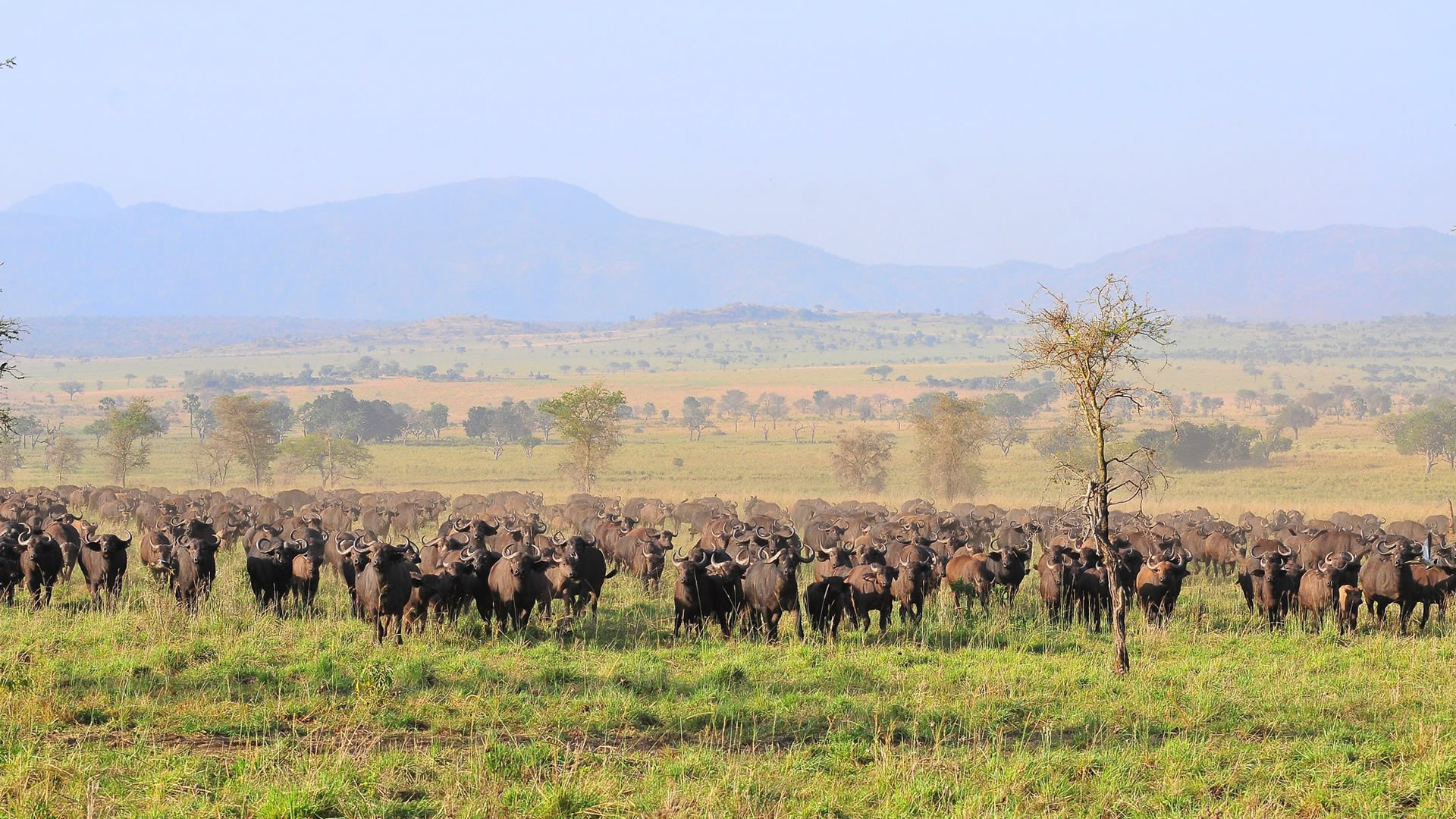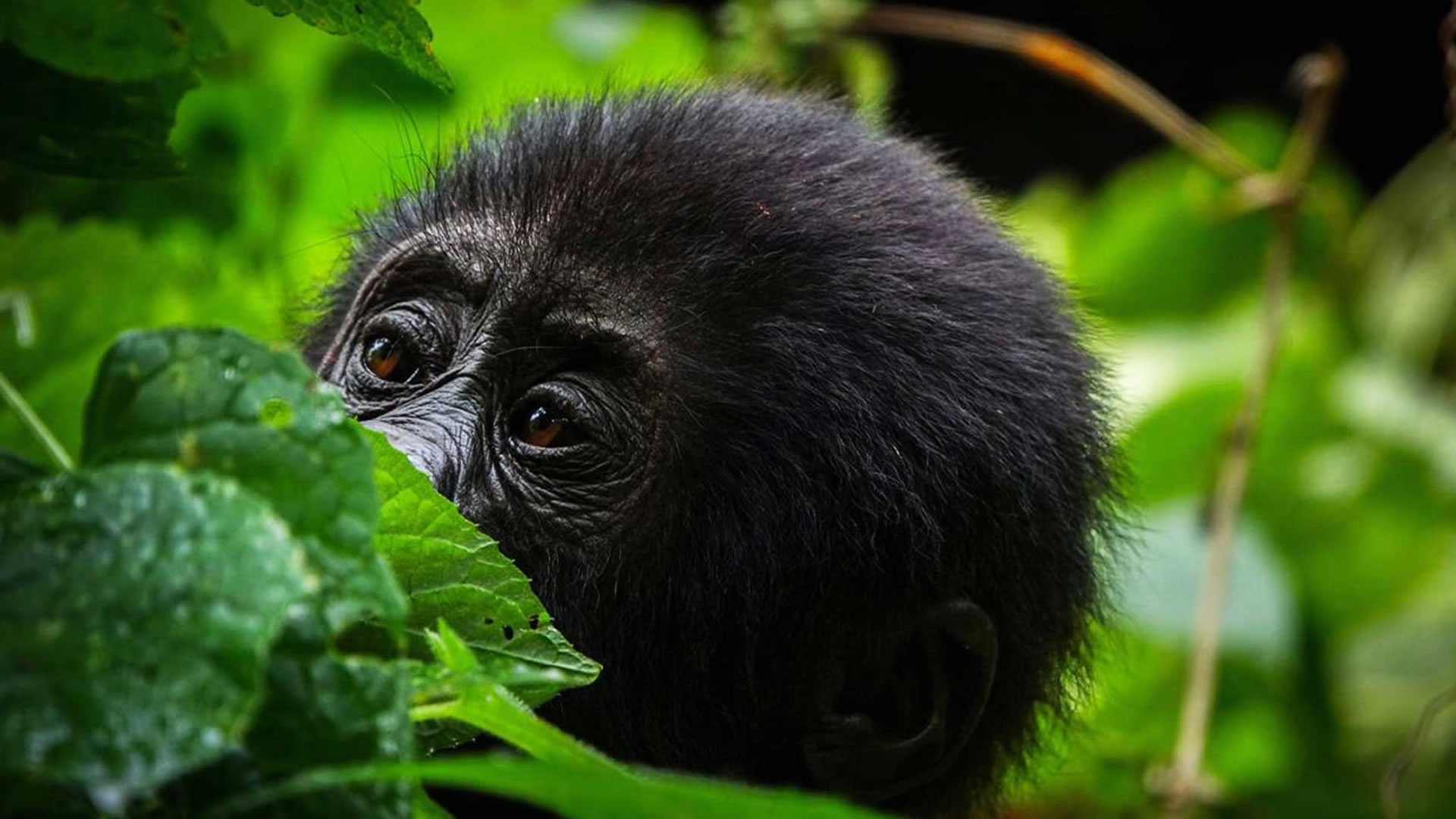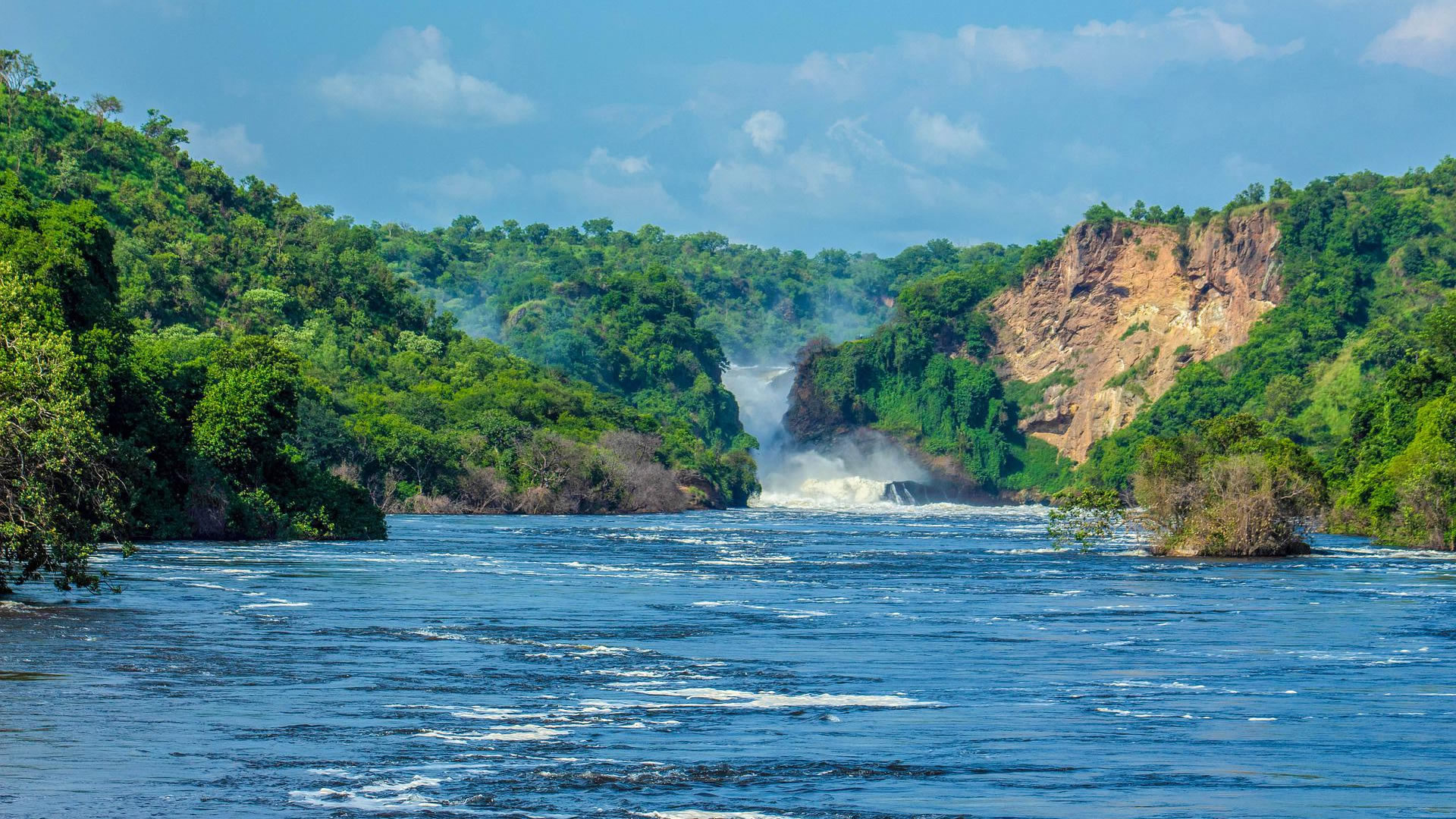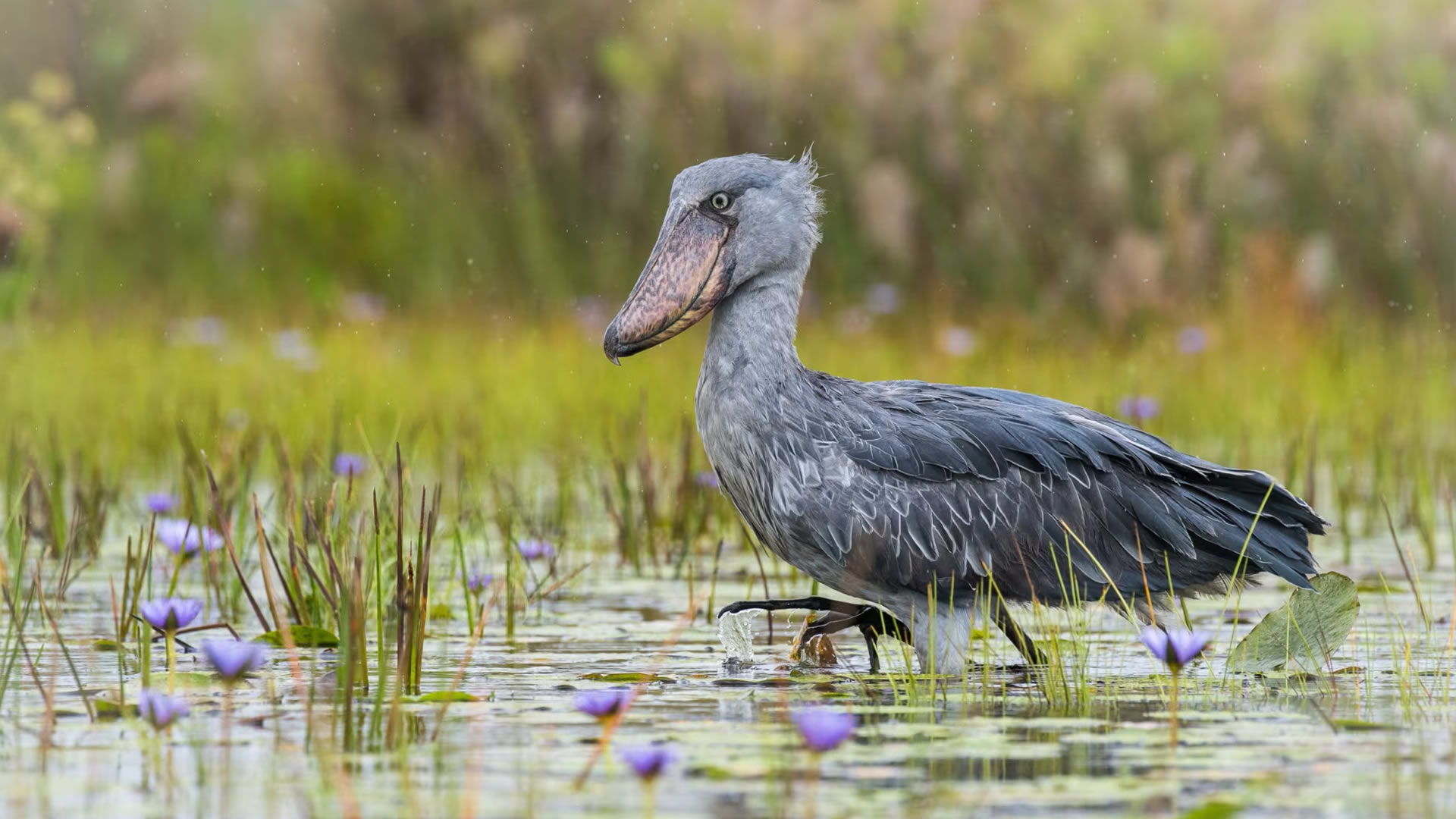
Semuliki National Park
“The True Birder's Haven"
Semuliki National Park was created in 1932 as a forest reserve and later upgraded to national park status in 1993. Located in Bwamba County, Bundibugyo District in western Uganda on the western side of Rwenzori mountains, the park is dominated by an extension of the great Ituri Forest of the Congo Basin. Semuliki also hails as one of Africa’s most ancient and bio-diverse forests dating to over 12-18,000 years ago. Because of this diversity and grandeur, Semuliki is undoubtedly one of the great destinations to visit within this part of the world. Semuliki also possesses a decoration of landscapes within its land mass and area. The park contains a plethora of features which are associated with central Africa rather than eastern. This kind of resemblance to central African features enables for a taste of Central Africa without requiring one to first leave Uganda. The Semliki River which also forms an international boundary is a relates to a smaller version of River Congo and provides scenic views to all adventurers and hosts several crocodiles and hippos. Hot springs are seen bubble up from the depths in a perfect fashion that reminds all the powerful geographical forces that have had their impact on the great Albertine rift for the last millions of years. These geothermal regions are located at a place called Sempaya from which they derive their name. Large areas of the low-lying park usually flood during the wet season which reflects a period of time when the entire valley lay at the bottom of a lake for some million years.
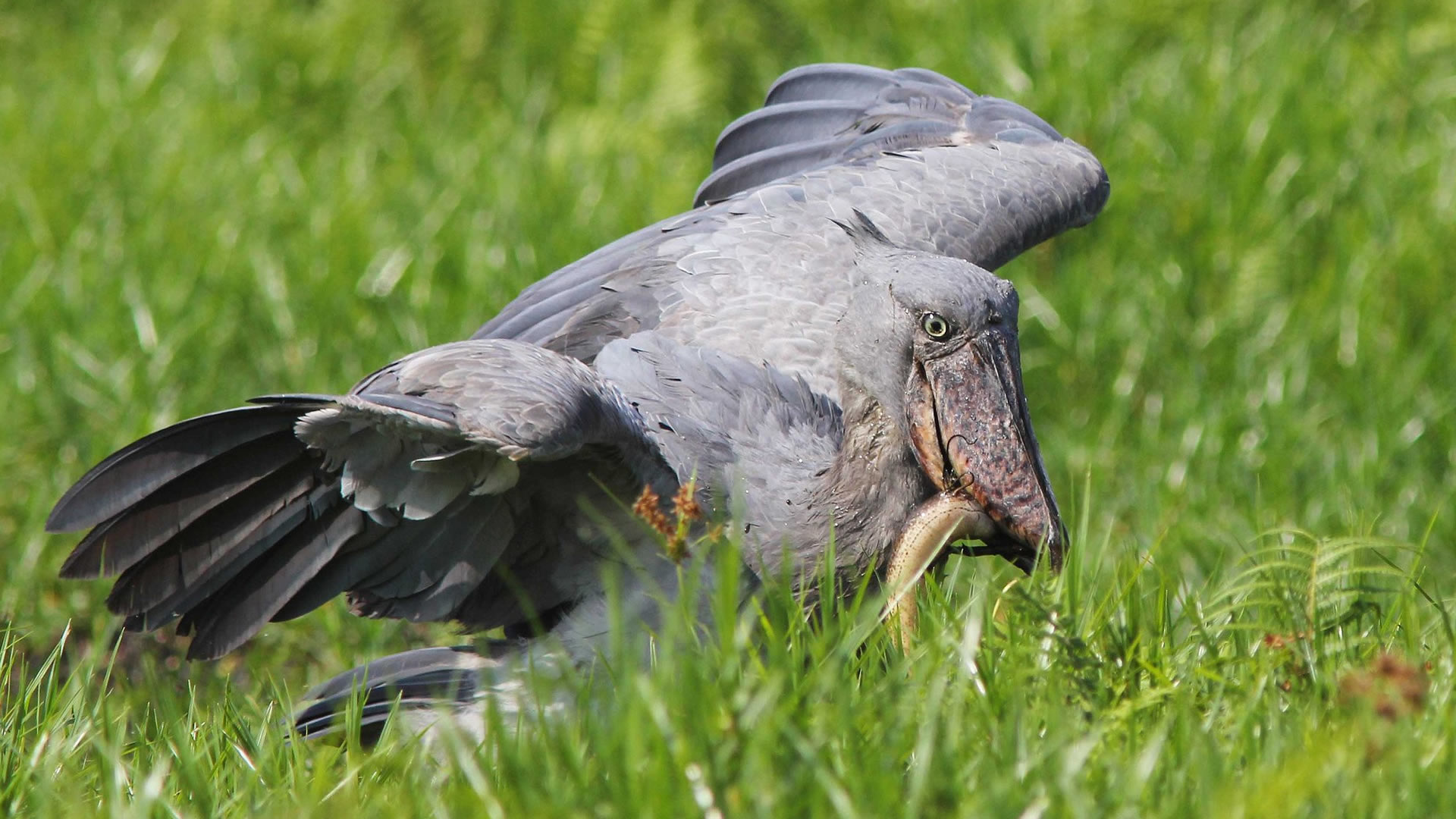
The Semuliki National Park Highlight:
Birding - Semuliki is a highly alluring destination to serious bird-watchers and other wildlife enthusiasts. A checklist of 435 bird species includes 35 Congo-Guinea specials recorded nowhere else in East Africa.
Experience the Semuliki National Park
Semliki national park is famous for being home to the largest population of Uganda kobs and birds. The park is a rich wildlife destination with a variety of tourist attractions. The reserve hosts a number of mammals approximately 53 species for example antelopes, buffaloes, Uganda knobs, waterbuck, leopards, lions and forest elephants, primates such as black and white colobus monkey, olive baboons, red tailed monkey, and vervet monkey. Semliki national park a bird haven and perfectdestination for birding as it hosts a variety of bird species approximately 420 species in lowland tropical forests with in the park such as Blue Swallow, White-throated Blue Swallow, Swamp Palm Bulbul, Spotted Greenbul, White-starred Robin, Lowland Akalat, Red-throated Alethe, Fire-crested Alethe, Snowy-headed Robin-Chat, Blue-shouldered Robin-Chat, Red-eyed Puffback, White-tailed Robin-Chat, Northern Bearded Scrub-Robin, Capped Wheatear, Common Stonechat, Abyssinian Ground-Thrush, Oberlaender’s Ground-Thrush including the rare shoe bill, Abyssinian ground hornbill and sunbirds among others.
Best time to visit: Semuliki National Park
Wildlife Experience
As for the mammals, the park contains 11 endemics which include the fyling squirrels and the pygmy antelope. Others include the water chevrotain, which is known as the fanged deer, forest elephant, forest buffalo, bush pig, sitatunga and the white-bellied duiker or Dwarf Antelope among others. Several primate species also call the park home. These include the baboon, chimpanzees, grey-cheeked mangabey, Central African red colobus, black-and-white colobus, blue, red-tailed, de Brazza’s, potto and the vervet among others. 30 species of butterflies have been recorded within the park and these include 46 species of forest Swallowtails and Charaxes (75% of Uganda’s total) An estimated 235 species of moths have been classified as restricted. Semuliki is further punctuated by 305 species of trees that include 125 endemic species.
Birdlife
Birdwatchers come to Semuliki National Park for the central African species, such as Congo Serpent Eagle residing at their eastern limits. At least 133 of the 144 Guinea-Congo forest species have been recorded here and nearly 50 species are found nowhere else in east Africa. Key species here include Spot-breasted Ibis, Hartlaub’s Duck, Chestnut-flanked Goshawk, Red-thighed sparrow hawk, Long –tailed Hawk, Forest Francolin, Nkulengu Rail, Western Bronze-napped Pigeon , Black collared Lovebird, Yellow throated Cuckoo, Red chested Owlet, Bates Nightjar, Chocolate-backed, White bellied and African Dwarf Kingfishers, White crested, Black Dwarf, Red bellied Dwarf, Piping, Black-wattled Hornbills, Green tailed Bristalbill, Fire-crested or Brown Chested Alethes, White or Red tailed Ant Thrushes, Jameson’s wattle- eye, Grants Bluebill, White throated, Xavier’s and Red tailed Greenbuls, Grey headed sunbird and Crested Malimbe, Red eyed puff buck, Red bellied and Blue-billed Malimbes, Red –fronted Antpecker and Chestnut-breasted Nigrofinch.
Best time to visit
The best time to visit Semuliki National Park is during the dry seasons, which occur from December to February and June to September. These months offer the most favorable conditions for wildlife viewing, nature walks and visiting the Sempaya hot springs, as the trails are dry and easy to navigate. During the wet seasons (March to May and October to November), heavy rains can make some roads and trails muddy and difficult to traverse, but the forest is lush and birdwatching is particularly rewarding during these times due to migratory species.
Getting There?
Getting to semuliki from Kampala to Fort Portal: Kampala-Fort Portal via Mubende is about 180 Km. (about 4-5 hrs drive) while Kampala -Fort Portal via Masaka, Mbarara, Kasese is about 465 Km (7-8 hrs). In both routes 2-wheel drive vehicles can be useful.


